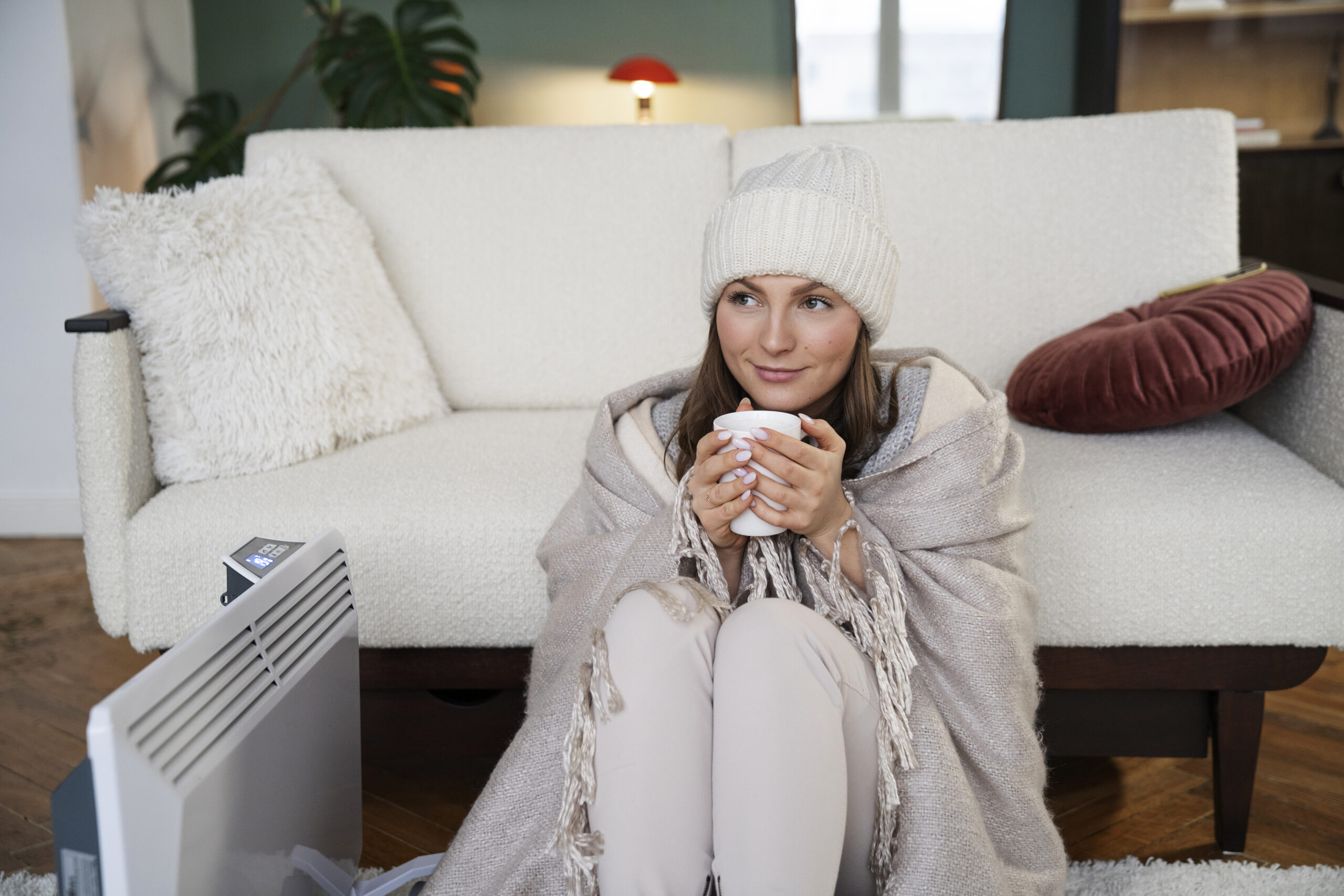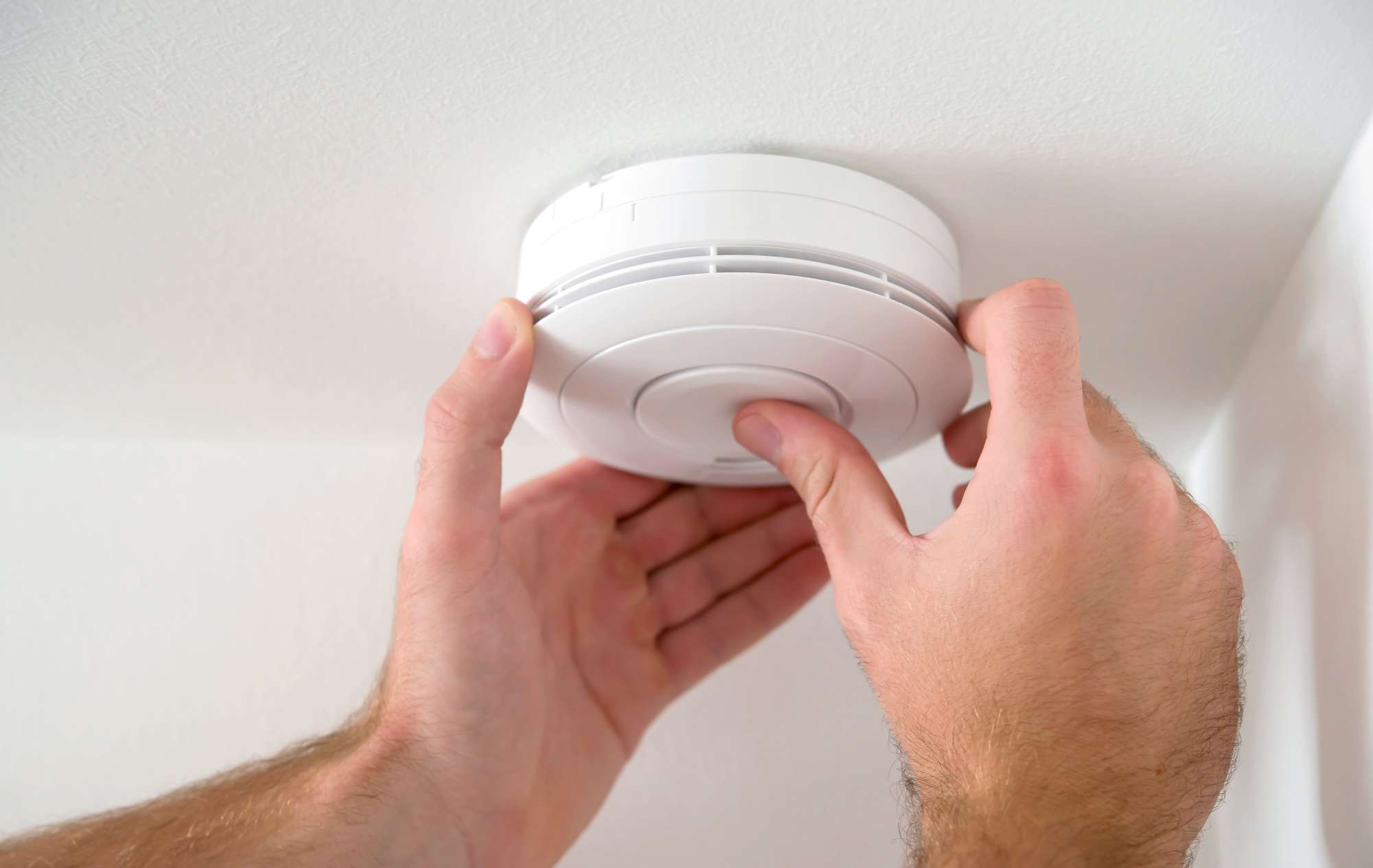Maintaining the ideal humidity in a home is more than just a matter of comfort—it plays a critical role in your health, indoor air quality, and even your home’s structural integrity. The recommended indoor relative humidity (RH) ranges between 30% and 50%, depending on the season and climate. Too much moisture in the air can lead to mold, mildew, and dust mites, while too little can cause dry skin, respiratory irritation, and even damage to wood furniture.
In this guide, we’ll explore the ideal home humidity levels, the effects of imbalanced humidity, how to measure it, and the best strategies to maintain optimal indoor conditions all year round. What is the ideal humidity in a home
Why Humidity Levels Matter
Health and Comfort
Maintaining ideal humidity levels is essential for your respiratory health. Air that’s too dry can dry out mucous membranes, leading to increased vulnerability to colds and flu. On the flip side, excessive humidity encourages allergens like mold spores and dust mites, which can exacerbate asthma and allergy symptoms.
Home Maintenance
Humidity affects not just people but the home itself:
- Low humidity can warp wooden floors and cause paint to crack.
- High humidity can damage insulation, corrode pipes, and rot window sills.
Energy Efficiency
Balanced humidity levels also make your heating and cooling systems more efficient. For example, air with proper moisture feels warmer in the winter and cooler in the summer, reducing the need for artificial climate control.
What Is the Ideal Indoor Humidity Level by Season?
| Season | Recommended RH Level |
|---|---|
| Winter | 30% – 40% |
| Spring | 35% – 50% |
| Summer | 40% – 50% |
| Fall | 35% – 45% |
These ranges strike a balance between comfort and protection against moisture-related issues like condensation or static electricity.
Signs Your Home’s Humidity Is Too High or Too Low
Signs of High Humidity (>50%)
- Windows fogging up
- Musty smells
- Mold growth
- Allergies worsening
- Peeling wallpaper or paint
Signs of Low Humidity (<30%)
- Dry, itchy skin
- Static electricity
- Cracks in wooden furniture
- Nosebleeds or sore throat
- Chapped lips
How to Measure Humidity Levels at Home
Use a hygrometer, a small, affordable device that measures relative humidity. Some modern thermostats and smart home systems have built-in sensors. Regular monitoring helps you proactively adjust indoor conditions before problems arise.
How to Control Humidity in Your Home
How to Increase Humidity
- Use a humidifier: Portable or whole-home systems add moisture to the air.
- Boil water: Stove-top boiling or running a hot shower can provide temporary relief.
- Houseplants: Plants like peace lilies and ferns release moisture naturally.
- Air-drying clothes indoors adds humidity to the air.
How to Decrease Humidity
- Use a dehumidifier: Effective in basements or damp rooms.
- Ventilation: Use exhaust fans in bathrooms and kitchens.
- Fix leaks: Check plumbing and roofing for water infiltration.
- Air conditioning: AC units help pull moisture from the air.
- Desiccants: Products like silica gel or moisture absorbers work in closets and small spaces.
Best Tools and Products for Managing Humidity
Recommended Devices:
- Honeywell Smart Humidifier – Great for whole-home moisture control.
- Frigidaire Dehumidifier – Effective and energy-efficient for basements.
- Ecobee Smart Thermostat – Monitors humidity and controls HVAC systems accordingly.
Expert Opinions and Research
According to the Environmental Protection Agency (EPA), indoor relative humidity should ideally stay between 30% and 50% to minimize health risks and structural issues.
A study by the American Society of Heating, Refrigerating and Air-Conditioning Engineers (ASHRAE) found that keeping RH between 40% and 60% minimizes biological contaminants like mold, bacteria, and viruses.
Frequently Asked Questions
Can humidity affect sleep?
Yes. Low humidity can dry out airways and skin, while high humidity can cause sweating and discomfort, disrupting sleep quality.
Is 60% humidity too high indoors?
Generally, yes. Above 50–55%, mold and dust mites start to thrive, making it an unhealthy range for long-term indoor exposure.
What is a comfortable humidity level in winter?
Most experts recommend keeping indoor humidity between 30% and 40% during winter to prevent condensation and dry air issues.
Conclusion: The Ideal Humidity in a Home—A Key to Healthy Living
To sum it up, the ideal humidity in a home falls between 30% and 50%, depending on seasonal and regional factors. Monitoring and maintaining the correct humidity improves your health, comfort, air quality, and home longevity. Investing in quality humidifiers, dehumidifiers, and smart monitors can make a significant difference.




